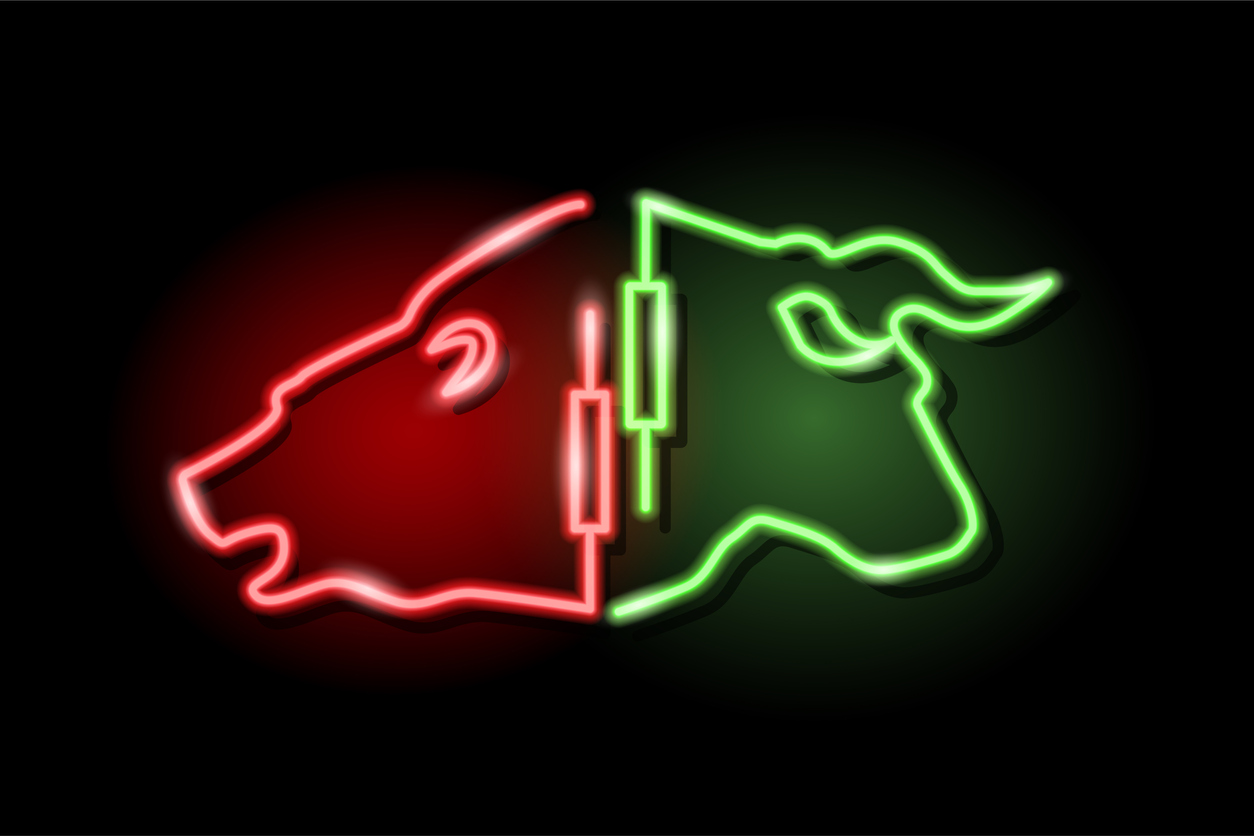Remembering Hal Finney on the 14th anniversary of the first Bitcoin transaction

It has been 14 years since the first bitcoin transaction was sent. On January 12, 2009, Satoshi Nakamoto, the pseudonymous creator of the Bitcoin system, sent Hal Finney, a well-respected cryptographer and computer scientist, 10 bitcoin (BTC). This test transaction, sent before BTC had a notable price, was a harbinger of the many peer-to-peer transfers made possible by the world’s first cryptocurrency network.
Finney, who died in August 2014, was also the first person besides Satoshi to download and run Bitcoin’s software. He detailed his story in a 2013 BitcoinTalk forum post, where he said he was the first person Phil Zimmerman, another legendary cypherpunk, hired for PGP Corporation to build the Pretty Good Privacy encryption solution.
This article is taken from The Node, CoinDesk’s daily roundup of the top stories in blockchain and crypto news. You can subscribe to get the whole newsletter here.
“When Satoshi announced the first release of the software, I grabbed it right away,” Finney wrote. He was ready to find interest in a project that separates money from politics and enables user sovereignty over their wealth, having experimented with previous instantiations of “digital cash”. Others, Finney argued, were initially more skeptical.
“Cryptographers have seen too many big plays by ignorant noobs. They tend to get a knee-jerk reaction,” Finney wrote. So he mined some coins, found some bugs, and let the software run for a few days before finding that the protocol was stable, but draining the computer’s CPU, and shut it down.
In August 2009, a few months after he was the first to download, receive and walk away from bitcoin, Finney was diagnosed with Lou Gehrig’s disease (or amyotrophic lateral sclerosis) – a debilitating disease that attacks a person’s nervous system. ALS left him paralyzed within a few years.
He eventually found his way back to Bitcoin, which he contributed to after his illness forced him into early retirement. At the time he was writing his memoirs, Finney was building a new type of wallet. “It’s very slow, probably 50 times slower than I was before. But I still love programming and it gives me purpose, he said.
Bitcoin was a project he could see growing very quickly. In an email received by Nakamoto, Finney was one of the first to put a price on the cryptocurrency. Estimating a fraction of the total global household wealth, each of the 21 million coins will one day be worth $10 million.
“Since we are all rich in bitcoins, or will be when they are worth a million dollars as everyone expects, we should put some of this unearned wealth to good use,” he wrote in a separate Bitcoin Talk post from 2011. If that sounds high, Finney was aware of the speculative side of crypto-economics.
“The danger is if people buy bitcoins expecting the price to go up, and the resulting increased demand is what drives the price up. That is the definition of a BUBBLE, and as we all know, bubbles burst.” he wrote. His other economic predictions – such as the nature of the network’s growth and security – have more or less been borne out.
Finney is often suspected of inventing Bitcoin. Beyond the fact that coders are often their own first users and company founders their own first customers, Finney certainly had the opportunity to design something like Bitcoin, which combined several pre-existing cryptographic and computational ideas in a new way.
For example, Finney created the first reusable proof-of-work system in 2004, based on the original proof-of-work algorithm designed by Adam Back (another Satoshi challenger), allowing people to redirect computational energy towards a useful purpose . Finney’s use case for RPoW was a digital token system.
If Satoshi’s “true” identity didn’t matter then, it doesn’t matter now. Finney wrote that in his correspondence with Satoshi, he believed he was dealing with a “very smart and sincere” person—a quality he learned to recognize over the years. But what mattered most was that the code ran, and the idea was good.
DIRECTION (JAN 12, 2023 – 20:30 UTC): Correct date in main sentence.























